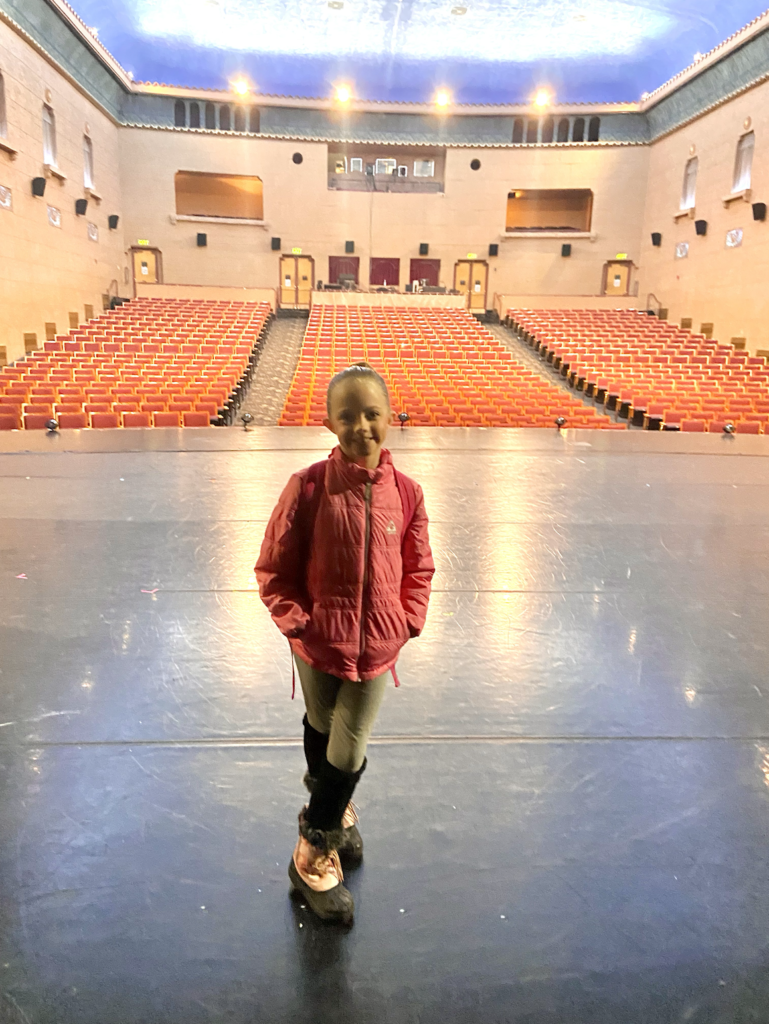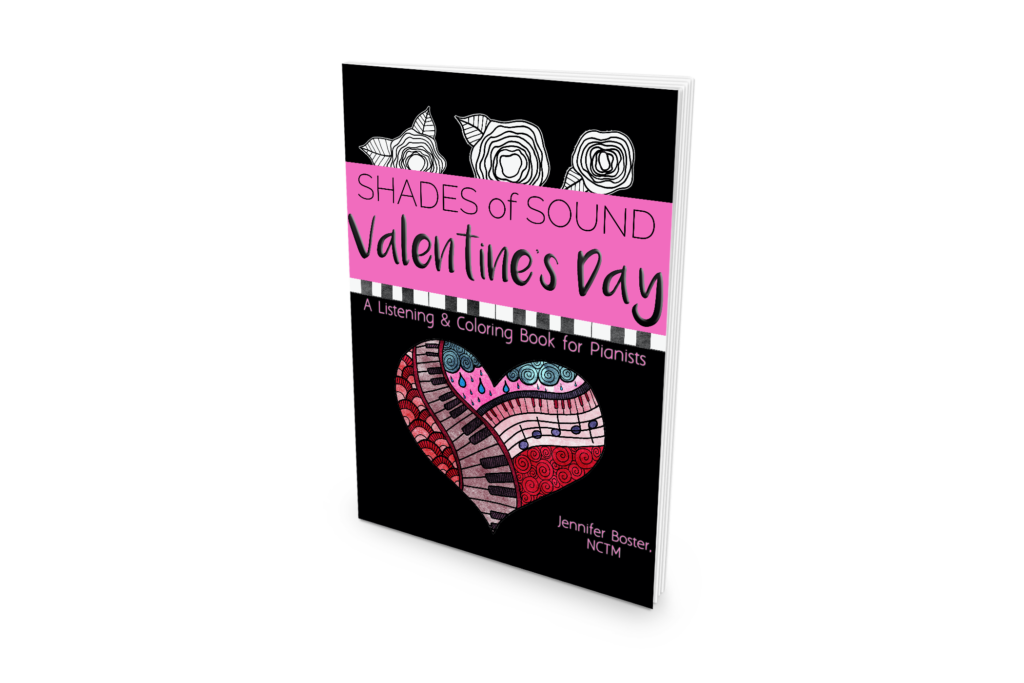
Types of Memorization
I’d like to follow up Jenny Bay’s post with a look at the different ways in which we memorize. I can think of four main types of memory, none of which should be completely neglected if a student is to have a solid grasp on the memory of a piece.
- Tactile/Kinesthetic/Muscle Memory: this is the kind of memory we develop by drilling a passage over and over, until our fingers know the “feel” of it. It doesn’t require very much “thinking,” as Jenny pointed out, and often fails us in the adrenaline-induced shakiness of a performance, although it is essential for being able to play a piece fluently.
- Aural Memory (By Ear): this kind of memory is also developed by drilling, as well as by listening to recordings. Musicians who have perfect pitch or who have a natural talent for playing by ear often rely heavily on aural memory. The rest of us of course use it, but on its own it’s not nearly enough for solid memory.
- Visual/Photographic Memory: this type of memory involves both remembering the look of the notes on the page of music, and memorizing the look of the keys on the piano as you play them. Some visually-oriented students will use this quite a bit, while others may find this the least important type of memory.
- Cognitive Memory: this is what Jenny Bay was talking about in her most recent post. To add a couple of things to her list, the tools I have found to be most useful for developing strong cognitive memory are:
- Memorize hands separately: how many times have you had a student stumble on memory and say, “I just can’t remember the left hand here.” Well, memorize the left hand alone, and the problem is solved! There is something about memorizing hands alone that requires the brain to be more involved in that thinking thing Jenny was talking about. Many students resist this kind of “work,” but after memorizing a passage together in the lesson, they will often admit how good it feels to really know the passage, instead of just hoping they will make it through.
- Use pickup points: these are places in the piece where a student can just “pickup” and play from memory. Having several of these in a piece requires the student to think a little bit harder about the form of the piece, the chords that begin the section, and other patterns that will help their memory. I like to test my students’ ability to start at any of their pickup points (not necessarily in order) the week or two before a recital. When they have solid pickup points, they also have insurance that they can make it all the way through the piece in the recital in case of a memory slip (which still happens to all of us, despite the best preparation).
Students who seem to memorize naturally and easily are often using a combination of the first two or three types of memory. Or sometimes these are the students who are not great sight readers, so there has been some cognitive memorizing going on as they learned the piece. In any case, I have learned to allow students to use their strengths to their advantage, while balancing their study with a good dose of techniques that might be a little more challenging for them.


 Previous Post
Previous Post Next Post
Next Post

















